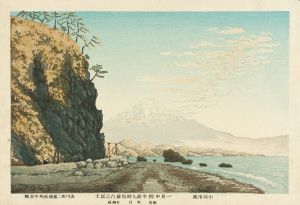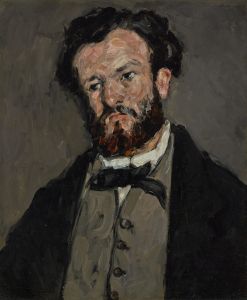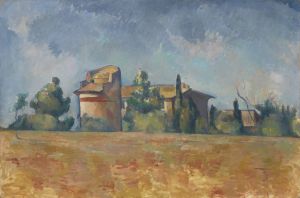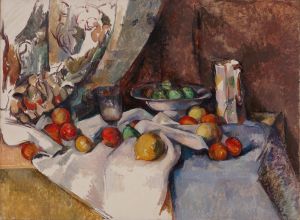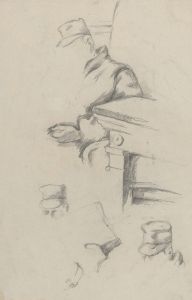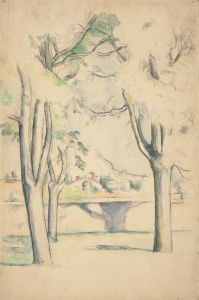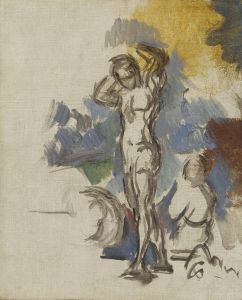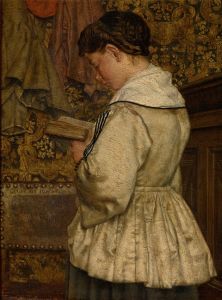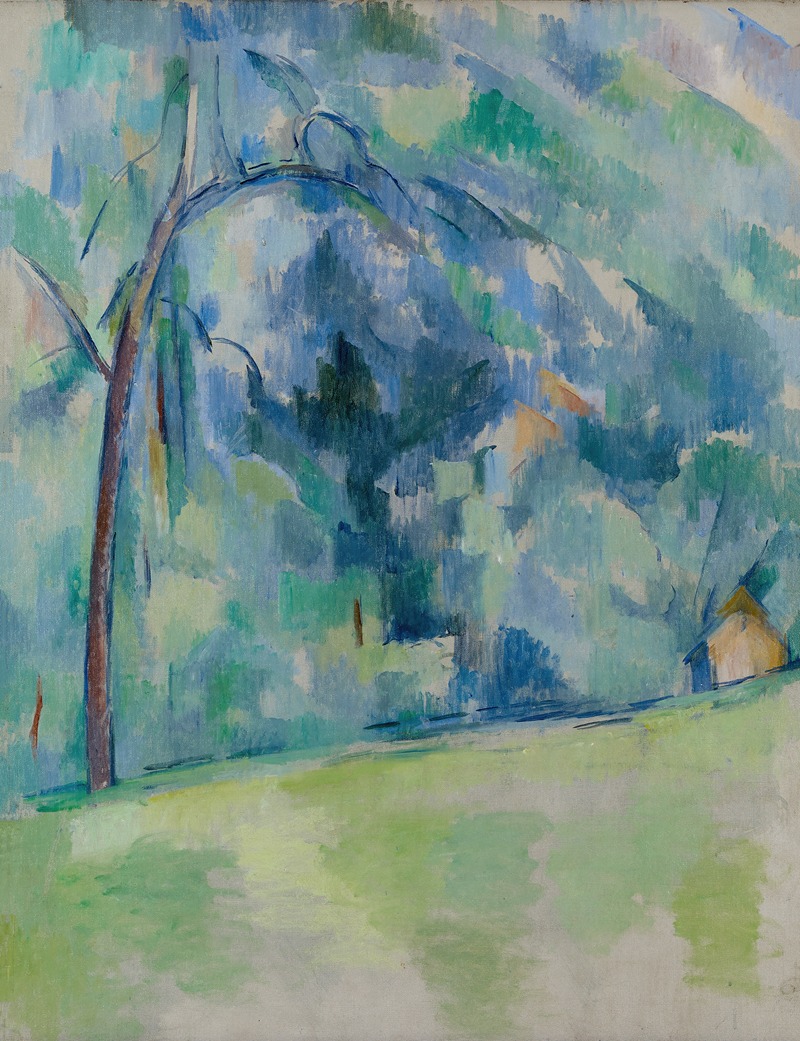
Le matin en Provence
A hand-painted replica of Paul Cézanne’s masterpiece Le matin en Provence, meticulously crafted by professional artists to capture the true essence of the original. Each piece is created with museum-quality canvas and rare mineral pigments, carefully painted by experienced artists with delicate brushstrokes and rich, layered colors to perfectly recreate the texture of the original artwork. Unlike machine-printed reproductions, this hand-painted version brings the painting to life, infused with the artist’s emotions and skill in every stroke. Whether for personal collection or home decoration, it instantly elevates the artistic atmosphere of any space.
Paul Cézanne's painting "Le matin en Provence" is a notable work that exemplifies the artist's innovative approach to landscape painting. Cézanne, a French Post-Impressionist painter, is renowned for his unique method of building form with color and his analytical approach to nature, which laid the groundwork for the transition from 19th-century artistic concepts to a radically different world of art in the 20th century.
"Le matin en Provence" translates to "The Morning in Provence," and as the title suggests, it captures the serene and luminous atmosphere of a morning in the Provence region of southern France. This area was a significant source of inspiration for Cézanne, who was born in Aix-en-Provence and spent much of his life there. The landscape of Provence, with its rolling hills, lush vegetation, and distinctive light, provided Cézanne with a rich tapestry of natural beauty to explore in his work.
In this painting, Cézanne employs his characteristic technique of using small, repetitive brushstrokes to build up the surface of the canvas. This method allows him to convey the texture and depth of the landscape, creating a sense of solidity and structure. The composition is carefully constructed, with an emphasis on geometric forms and a harmonious balance between the different elements of the scene.
Cézanne's palette in "Le matin en Provence" is dominated by earthy tones and soft greens, punctuated by touches of blue and ochre. This color scheme reflects the natural hues of the Provençal landscape and contributes to the painting's tranquil and contemplative mood. The play of light and shadow is also a crucial aspect of the work, as Cézanne captures the gentle morning light filtering through the trees and illuminating the scene.
The painting is an excellent example of Cézanne's ability to transform a simple landscape into a complex and dynamic composition. His approach to capturing the essence of the natural world was revolutionary at the time and has had a lasting impact on the development of modern art. Cézanne's work, including "Le matin en Provence," is often seen as a bridge between Impressionism and the emerging movements of Cubism and Fauvism, influencing artists such as Pablo Picasso and Henri Matisse.
Cézanne's dedication to exploring the underlying structure of the natural world is evident in "Le matin en Provence." His meticulous attention to detail and his innovative use of color and form demonstrate his commitment to capturing the essence of his surroundings. This painting, like many of his other works, reflects his belief that art should not merely imitate nature but should seek to reveal its fundamental truths.
Today, Paul Cézanne is celebrated as one of the most influential figures in the history of art, and "Le matin en Provence" remains a testament to his enduring legacy. The painting continues to be admired for its beauty, complexity, and the profound insight it offers into Cézanne's artistic vision.





